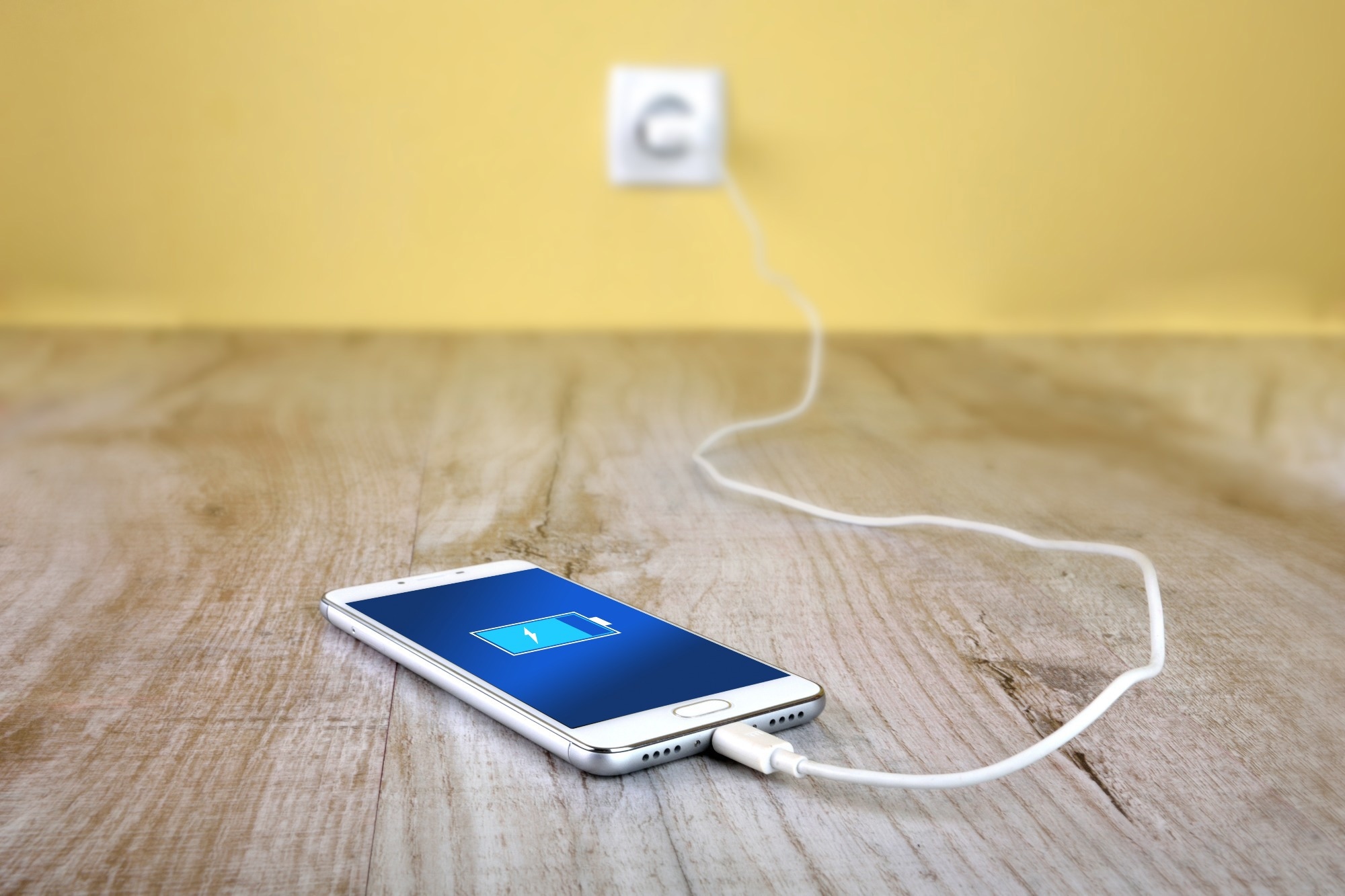A recent study published in Scientific Reports investigates how smartphones impact cognitive performance among students.
 Study: The mere presence of a smartphone reduces basal attentional performance. Image Credit: Zoomik / Shutterstock.com
Study: The mere presence of a smartphone reduces basal attentional performance. Image Credit: Zoomik / Shutterstock.com
Are smartphones distracting?
As of 2021, all Americans between 18 and 29 years of age owned a cellphone, 96% of whom owned a smartphone. The recent transition towards increased use of smartphones can potentially lead to negative consequences.
For example, smartphone notifications trigger sound and vibrations that can be distracting to humans. In fact, several studies have demonstrated the significant impact of these notifications on attention, even when study participants do not respond to their phones.
Likewise, the adverse effects of smartphones on academic performance, stress, and sleep have been reported. Some studies suggest that the presence of a smartphone could distract individuals, thereby affecting fluid intelligence, working memory capacity and ultimately leading to poor attention.
About the study
In the present study, researchers investigate whether a smartphone influences attention in college students. Forty-two students between 20 and 34 years of age participated in the current study, with 21 equally divided into two groups.
The experiment involved an attention task to be performed by students during an online video conference in the presence or absence of a smartphone. In one group, students were asked to switch off their smartphones and place them on the desk, with the phones covered so that the screens were not visible. In the other group, students switched off their phones and put them outside their rooms.
The d2-R concentration and attention test was used to assess students’ attention. Participants had to search for and mark correct targets between characters and objects. The test contained a physical sheet with 789 characters in 14 lines, with 20 seconds to process each line.
The test had to be completed within four minutes and 40 seconds. The accuracy, speed, and attention performance in the task were recorded.
Prior to the experiment, a video of instructions for the attention test was provided to all students. After watching the video, students placed their smartphones on the desk or outside and commenced the test. The experiment was conducted in a session of about 20 minutes.
Analyses of variance (ANOVAs) were performed to examine whether students had lower attention in the presence of smartphones. Additionally, a modified short version of the German smartphone addiction scale was used to analyze smartphone dependence on a six-point Likert scale.
Attention performance, speed, and accuracy in the task were the dependent variables, whereas smartphone condition was the independent variable. In addition, covariance analysis was performed to study the potential moderating effect of smartphone addiction.
Study findings
Significantly higher attention performance was observed among students not in the presence of a smartphone as compared to those with a smartphone on the desk. Moreover, students in the presence of a smartphone had a lower working speed during the task than those without a smartphone; however, no differences in the accuracy of the task were observed between the two groups.
The mean score on the smartphone addiction scale was 29.47 for all participants, with no significant differences between the two groups. The average scores were 29.8 and 29.14 for students in the smartphone and no-smartphone groups, respectively.
Overall, there was no strong tendency toward smartphone dependence, as the covariance analysis did not identify any interaction between the variables. Thus, the moderating effect of smartphone dependence was not observed.
Conclusions
The current study reports that the presence of a smartphone resulted in lower attention among students. These findings indicate that the presence of a smartphone was sufficient to consume cognitive resources without any voluntary usage or shift in attention toward a smartphone.
Although the operating speed of the students slowed when a smartphone was present, the student’s ability to accurately complete the task was not impacted.
The study sample size was relatively small, and most participants were White, young, and highly educated; therefore, it is unclear if the findings are broadly generalizable. Nevertheless, the study findings indicate that keeping the smartphone in a different place outside their space was sufficient to counteract the cognitive resource-consuming effect. Thus, this type of approach can be implemented by students while studying to improve their cognitive performance.
Journal reference:
- Skowronek, J., Seifert, A., & Lindberg, S. (2023). The mere presence of a smartphone reduces basal attentional performance. Scientific Reports. doi:10.1038/s41598-023-36256-4